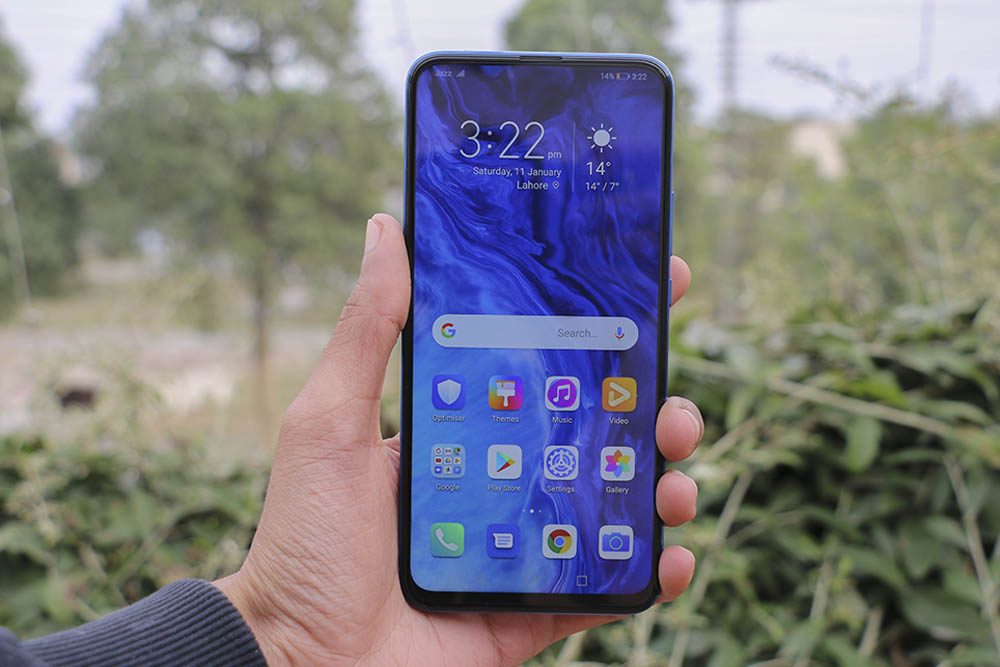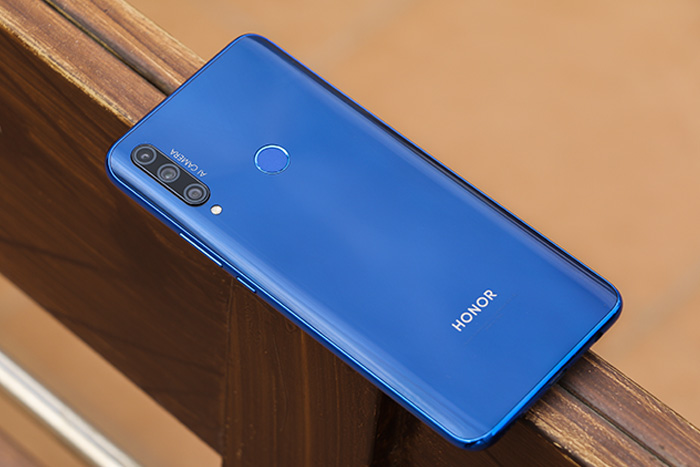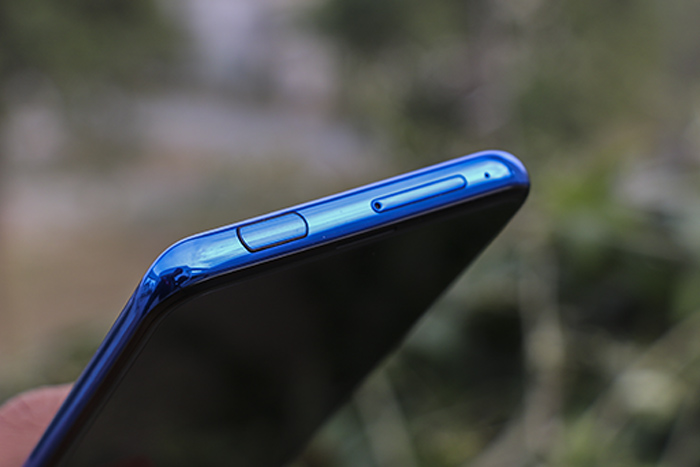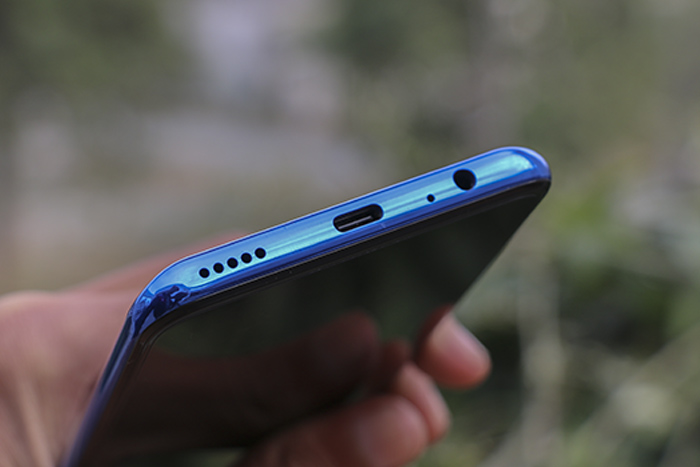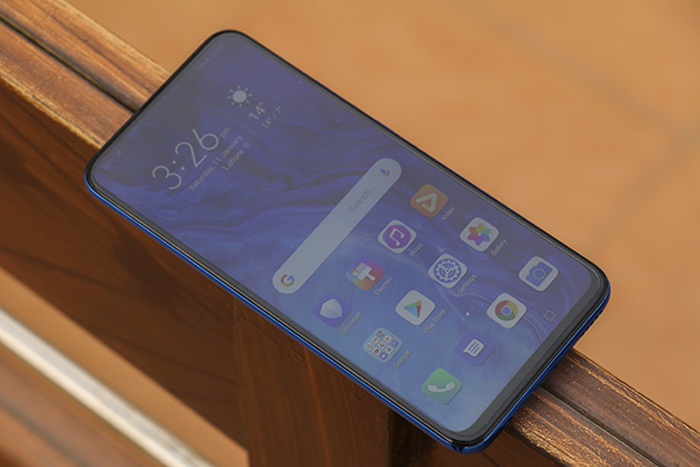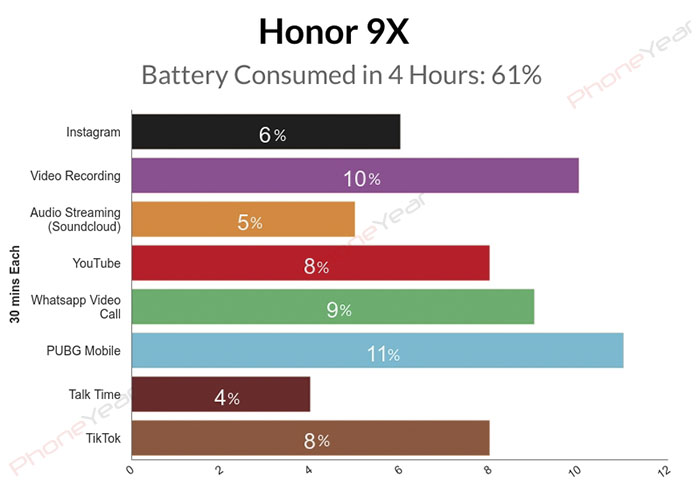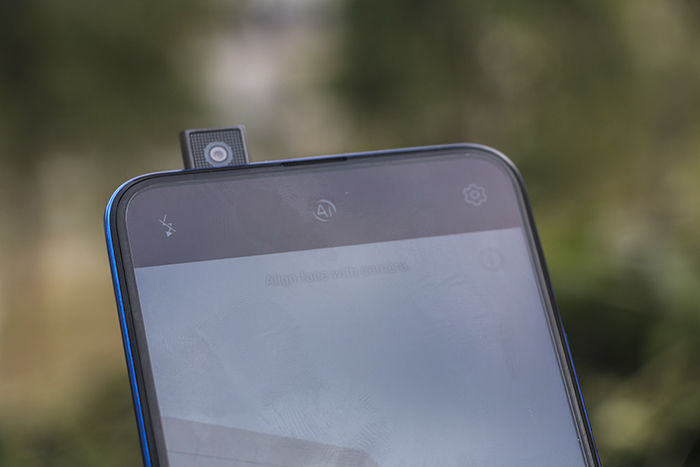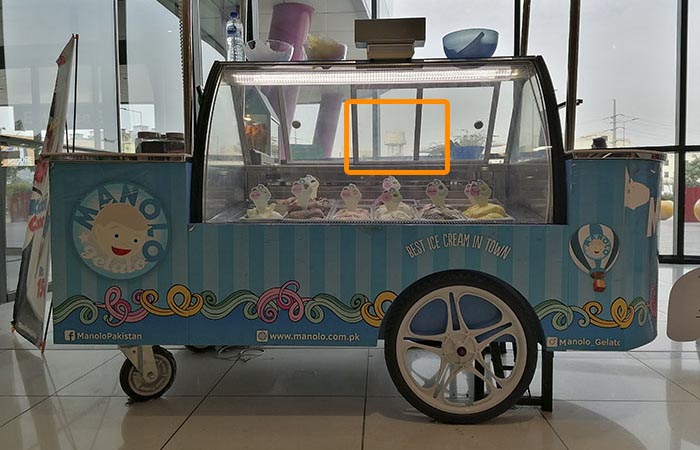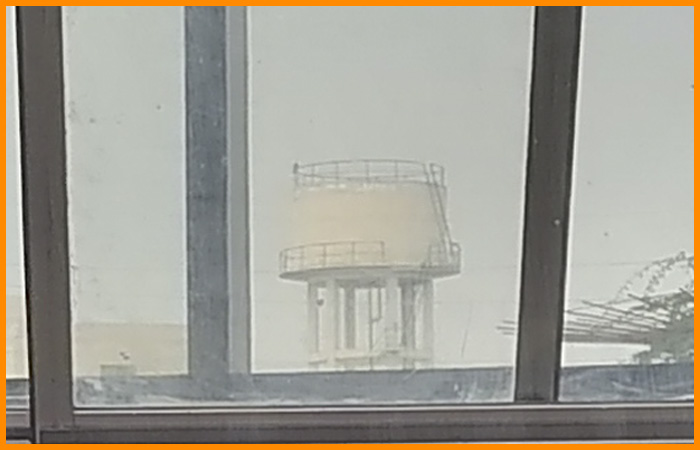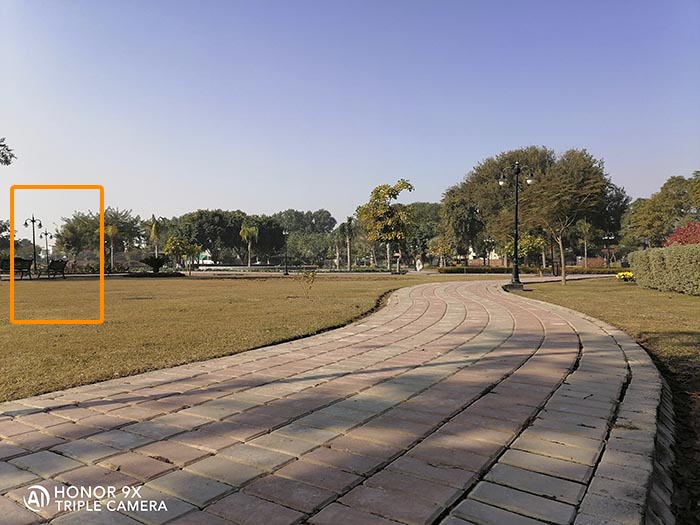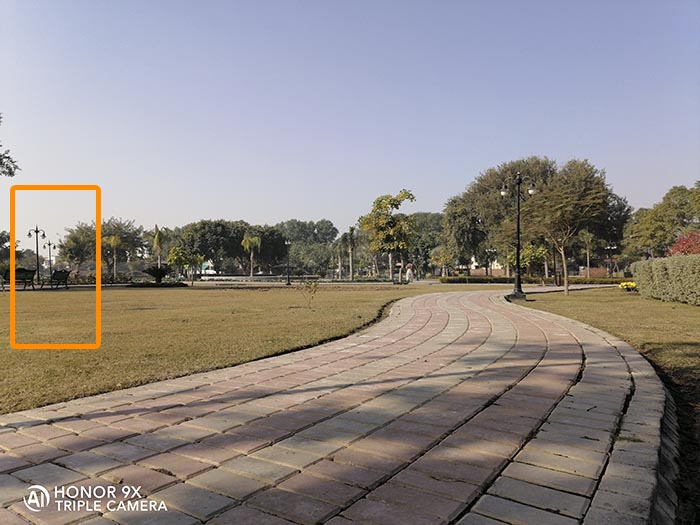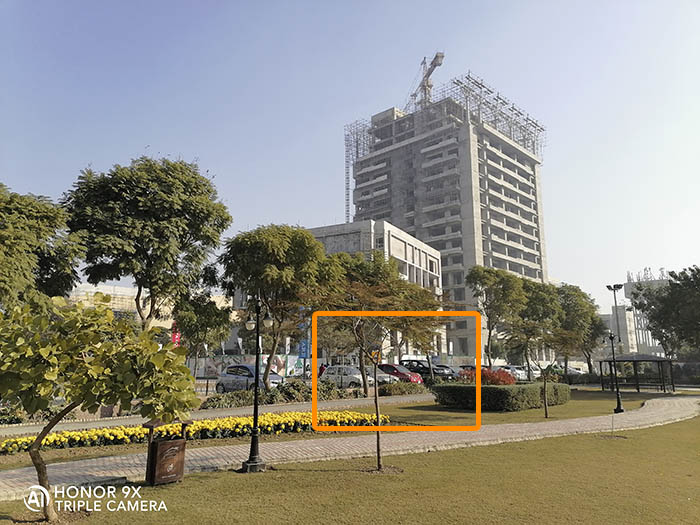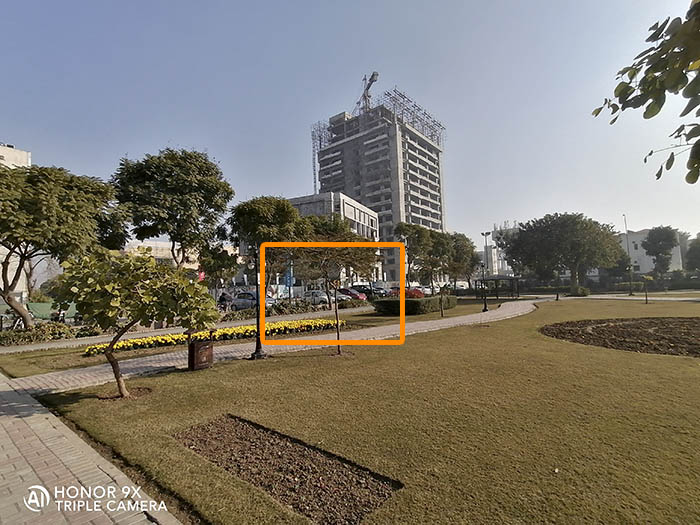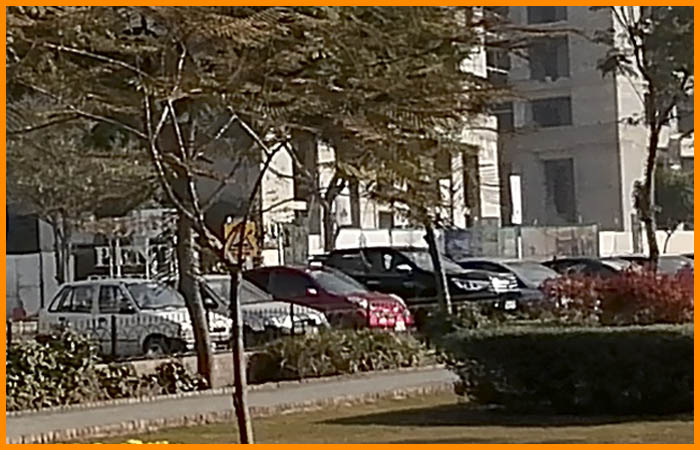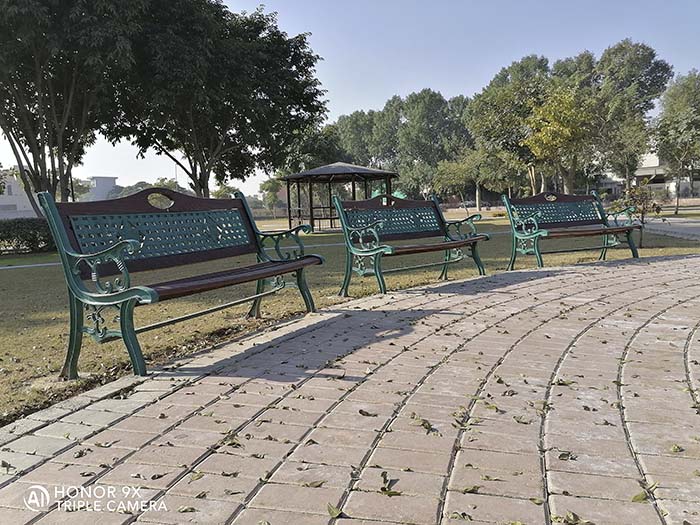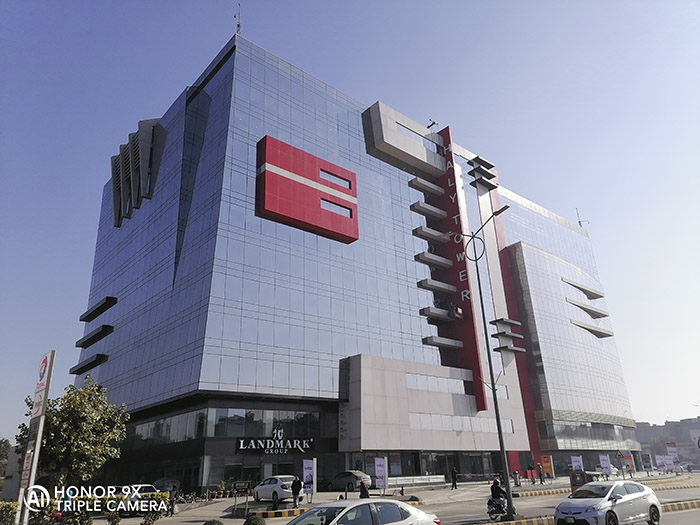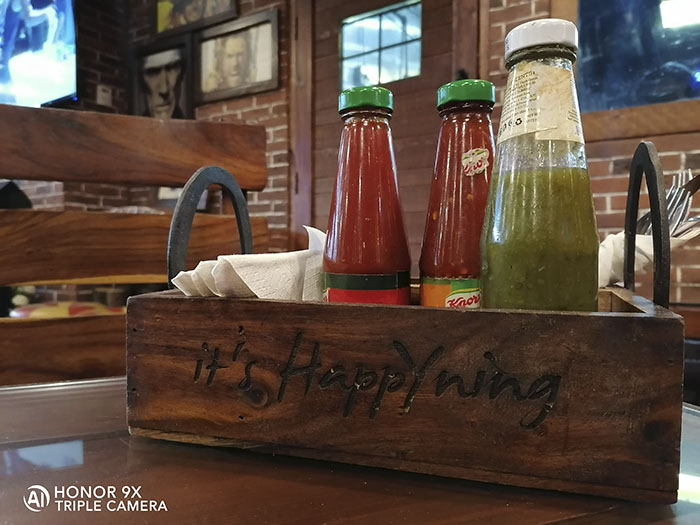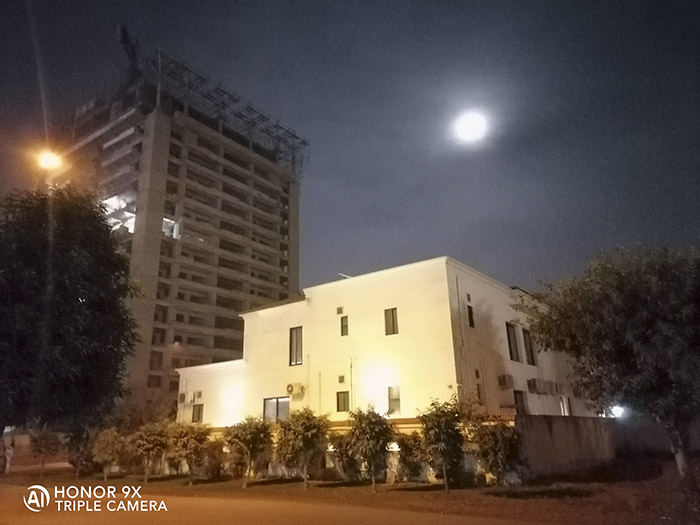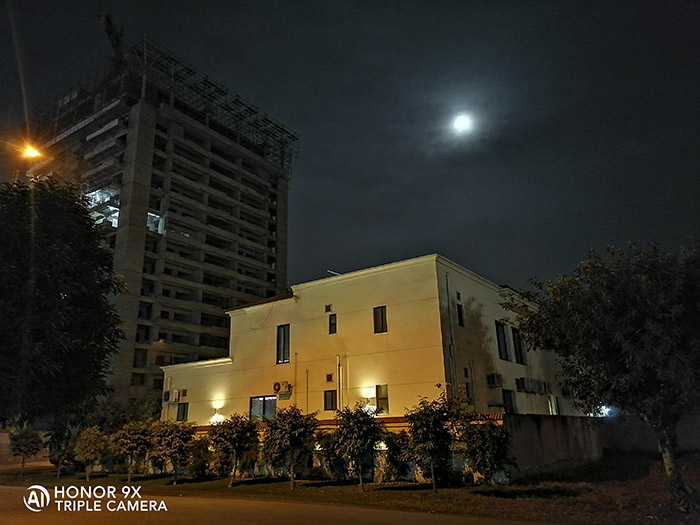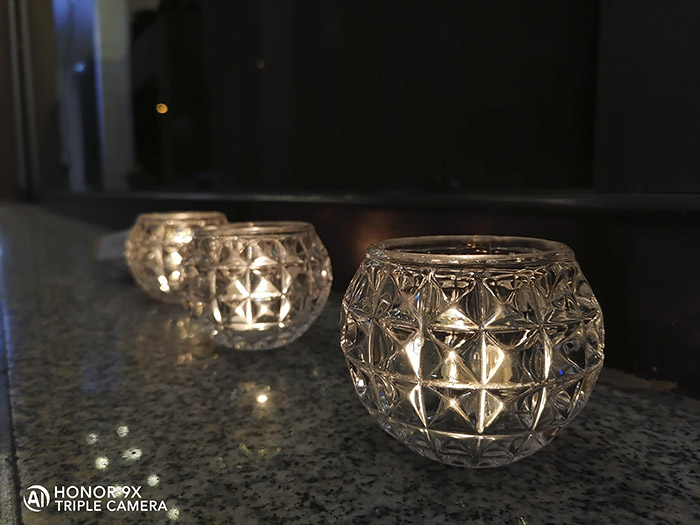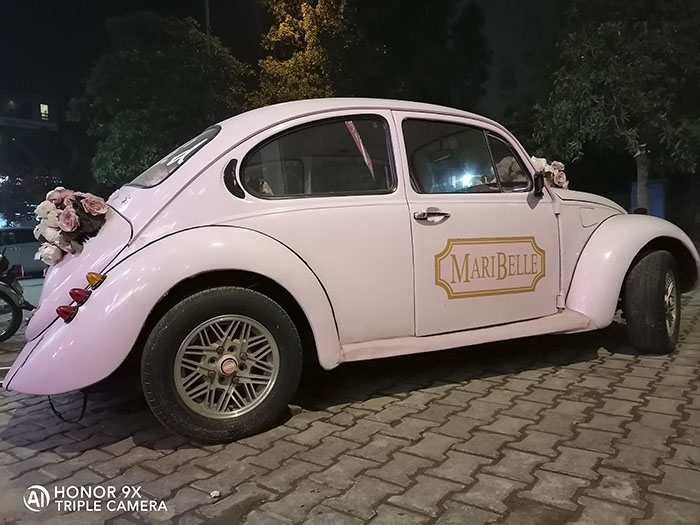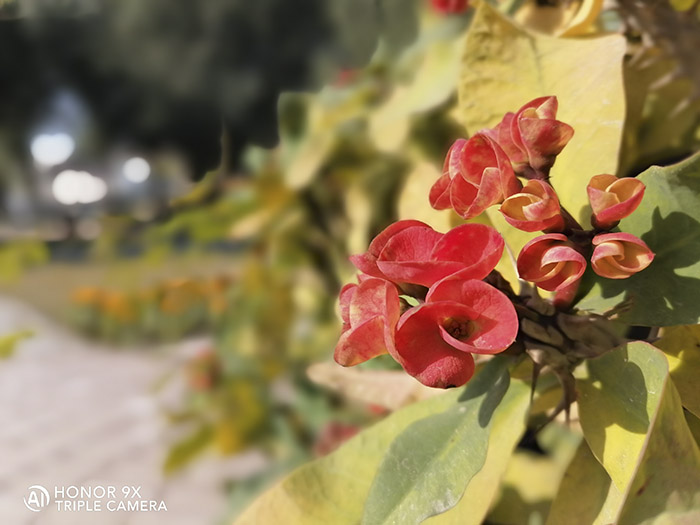Honor 9X and Huawei Y9s 2019 aren’t much different than each other. It wouldn’t be wrong to call them siblings, which is not wrong technically. Both possess specs that are similar in many ways apart from a significant design difference, which is the fingerprint scanner that is side-mounted in the case of Y9s, whereas Honor 9X displays it on the backside. We reviewed Y9s 2019 a few days ago, which was also one of the contestants in the list of best Android phones of 2019. We are also hoping for a similar performance from the 9X, let’s check out what this phone offers in actuality.
Honor 9X specs
- Display: 6.59 inches, IPS LCD
- OS: Android 9.0, EMUI 9.1
- Chipset: HiSilicon Kirin 710F (Octacore)
- RAM/ROM: 6GB/128GB
- Camera (rear): Triple (48MP + 8MP + 2MP)
- Camera (front): 16MP (popup)
- Battery: 4000 mAh
Design and Display
Honor 9X is a successor to the Honor 8X that landed back in November 2018 with a very tempting design language. The looks amazed us, but it did not come without minor bumps. Nothing significant has changed in the design department ever since. Where a dual camera setup was placed on the left part of the rear panel, Honor has placed a triple camera arrangement exactly there.
The device comes in Sapphire Blue and Midnight Black. Just like the predecessor’s unique shimmer on the back, the latest iteration has a shiny rear side made of glass, which creates a glimmering pearl X effect when light refracts from the surface. Apart from the camera setup, a fingerprint scanner is placed nearby well within reach of the index finger. The back panel is curved from the edges where it meets a middle frame that juts out a little from all four sides. It reminds me of the old days when we would put the removable back covers on the body that exceeded the edges of the panel.
Being a glossy surface, it is a fingerprint magnet that always needs to get wiped. A silicon cover comes out of the box, which is handy here.
In this iteration, Honor has moved the SIM tray from the left side to the top area, where it shares the space with a popup camera and the secondary microphone. The SIM tray is hybrid and can either accommodate an additional nano SIM or a micro SD card. At the bottom, 3.5mm audio jack, speaker grille, the primary mic, and USB type-C are visible.
The motorized front camera has made possible an extremely minimum top bezel on the front that is nearly equal to the left and right bezels. In contrast, the bottom chin is a little heavier but does not spoil the experience of the 6.59 inches IPS based Honor FullView display that is bigger and immersive. For us, the good part is a notch-less screen that provides 1080 x 2340 px resolution and 391ppi that result in a screen sharp and vivid enough to please the eyes.
The screen is not as catchy as an OLED or AMOLED; still, it is attractive enough to gather attention. Icons and text appear easy to comprehend, which can further be spiced up from the Colour mode & temperature menu in the display setting area. You can manually set the resolution of the screen to 720p or 1080p that can also be automated through the smart resolution option, which determines itself which resolution to offer. The default setting helps save a lot of battery power.
Side viewing angles are acceptable and not severely impacted by the slight dullness of the screen at extreme angles.
Performance and Battery
Honor 9X relies on Kirin 710F Chipset that we also found in Huawei Y9s 2019, Huawei Y9 2019, and it goes back to Honor 8X as well. Although the last one didn’t come with an ‘F’ version, as per Huawei, a simple Kirin 710 and 710F are almost identical in processing. The octa-core processor is supported by 6GB RAM and 128GB internal storage that run Android 9.0 and EMUI 9.1.0 UI.
The AnTuTu benchmark score reveals that with 181341 points, Honor 9X is ahead of Huawei Y9s 2019 (178183) and much better than Y9 Prime 2019’s score of 116771. Indeed, it hints towards a better optimization of hardware and software, although the chipset is similar. The Geekbench 5 shows the single-core reached 319, and the multi-core scored 1338.
Still, being a process with an old history, we expected an average performance from the device, but our real-life test showed a smooth sail for the day-to-day tasks. It scored 6.4 out of 10 in our performance test. It can easily run PUBG and Call of Duty at medium settings with minor frame drops intermittently. We also noticed some lag while switching between apps in the mid of gaming sessions, which didn’t feel awkward considering the price segment and chipset category.
Honor 9X comes with a 4000 mAh battery and a 10W charger that can refill it in 2 hrs and 18 mins from 0 to 100 percent. Our back-to-back video in a loop could run the phone for 10 hrs and 56 mins before it drained out completely. In another 4G based test, the phone lost 61% of its battery in four hours while we played with the following apps.
Camera
Honor 9X’s camera specs are again very much in line with Huawei Y9s 2019. Honor 9X comes with a triple camera setup where a 48MP lens takes the primary position, which is further supported by an 8MP ultrawide angle lens and a 2MP depth sensor, mainly for the bokeh effects. There is a motorized pop-up selfie camera on the front of 16MP in the top-right position.
Day Time
In the standard mode, the camera takes 12MP pictures that preserve the natural color and contrast. Most of the time, we didn’t activate the AI from the toggle key, which is usually used to enrich the photo experience by popping up colors that are pleasing to the eyes. The post-processing looks aggressively active, which is evident from the suppressed noise level in the photos that makes pictures look clean.
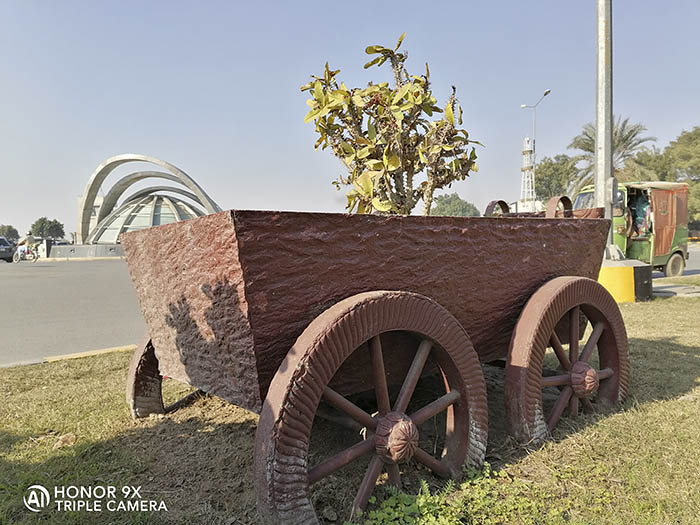
The strong daylight doesn’t seem to affect the scene severely, and even under harsher midday sunlight, the details are comparatively better in the standard mode than some of the rivals, including Vivo S1 Pro, which badly needs HDR mode in similar situations.
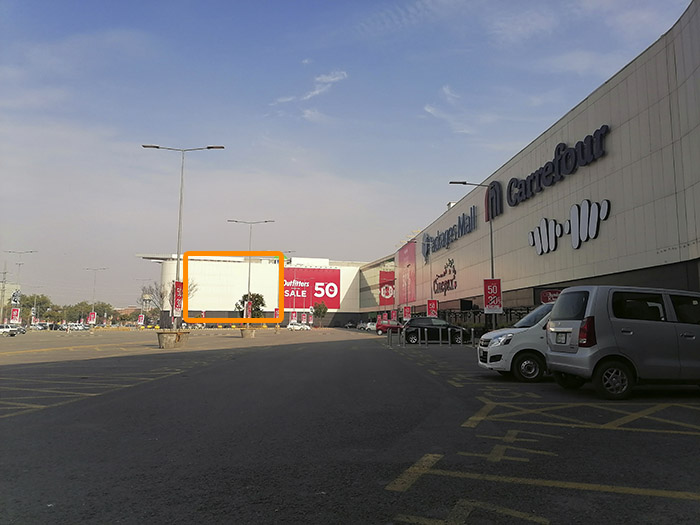

9X can handle backlit shots very decently. With or without HDR, it captured adequate details of the subject and the background at the same time. In the following picture, you can see the ice cream cart and the glass window behind are getting the focus evenly; even the water tower far behind is visible in the case of 9X, which is otherwise in the case of Vivo S1 Pro.
However, the same algorithm somehow didn’t work in the case of artificial light sources in the background, for example, neon signs or a stage with a backlit screen.
48MP mode, on the other hand, is supposed to grab more details than the 12MP standard mode, which it does, but images turn out to show a little higher exposure value. On actual size, the photos also show a much higher noise level that sometimes looks odd in certain situations. On a positive note, the 48MP mode marginally widens the frame to accommodate more elements from the scene than the standard 12MP.
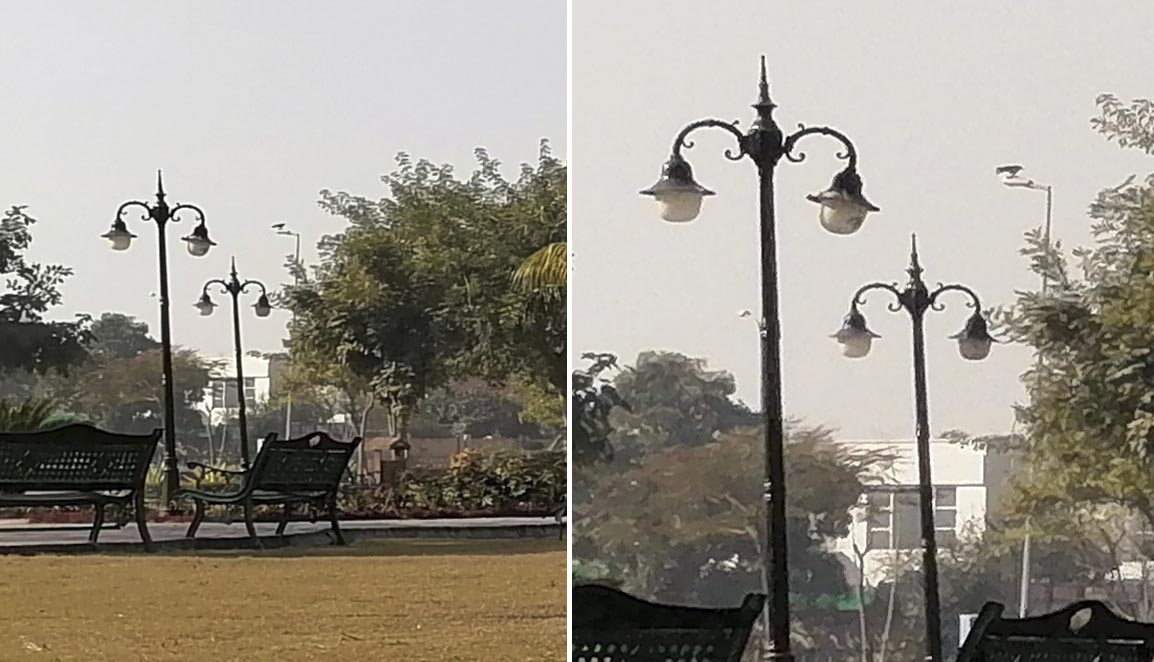
Although 48MP looks are more tempting to click, 12MP is recommended for finer results for social media or otherwise.
Honor 9X’s 8MP ultrawide angle lens overexposes the area where sunlight falls directly; the rest of the areas appear dull and underexposed. The lens although widens the frame for more elements, but does at the cost of details, and at the same time, the noise level increases significantly. For the day shots, the sky in the pictures appears nicely bluer than what the standard 12MP lens grabs.
Night Time
9X’s standard 12MP struggles at night, where it only relies on the ambient light, for example, parks. Photos show fewer details and colors, and they are mostly on the softer side. However, the noise level is somewhat within acceptable limits.
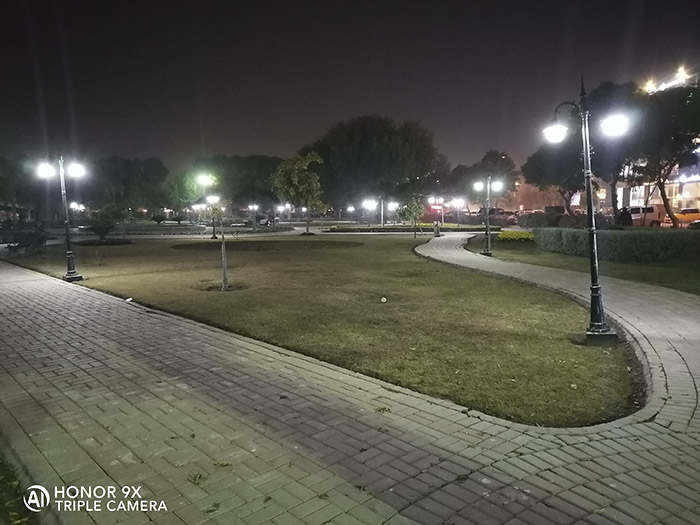
The standard mode does amazingly well for the well-lit subjects such as building with signboards or indoor scenes where lighting conditions are better. Have a look at the following image to see how punchy the colors and the inside details are where the light is adequate.
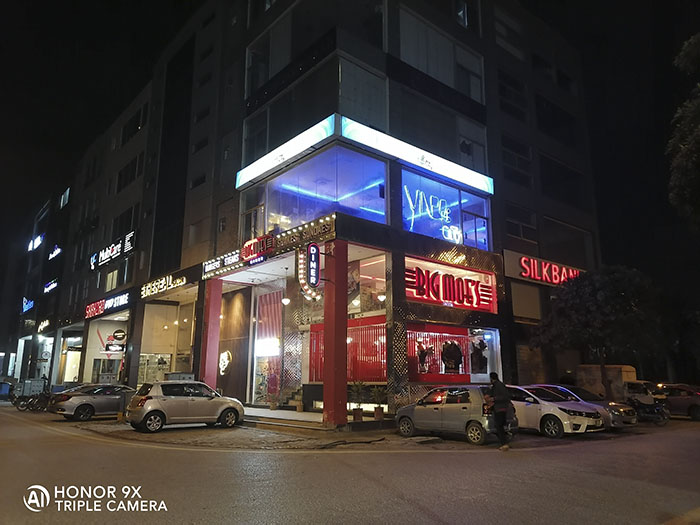
Honor 9X has a dedicated Night mode that can help to save the moments and add more colors and details to the pictures. Its 8MP night photos are well exposed in contrast to the standard mode, but the color tone is a bit on the warmer side. However, the actual picture size shows a lot of noise that is usually not visible on mobile screens.
9X underperforms with the ultrawide mode at night. The loss of detail, colors, and contrast is very visible all over the images.
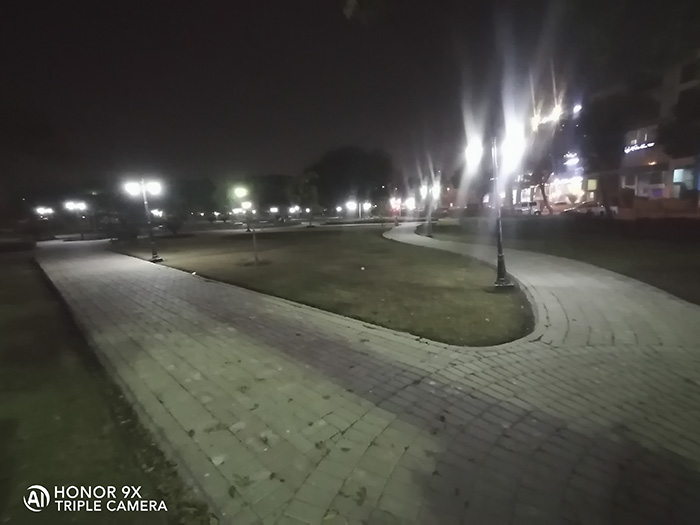
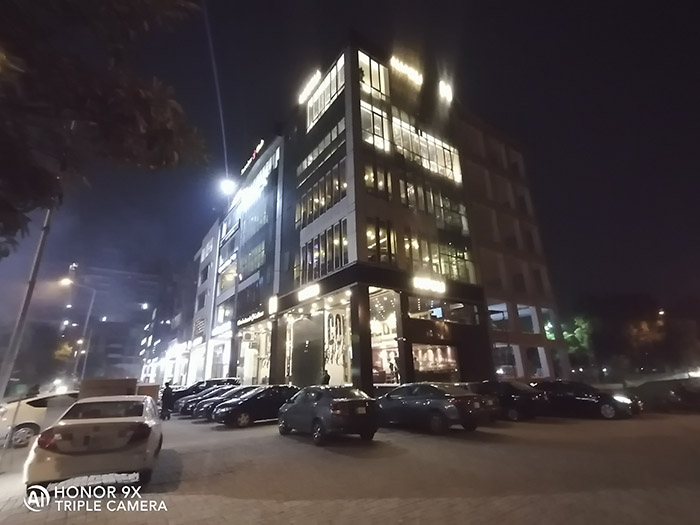
Aperture
Unlike many rivals, Honor and Huawei phones make use of Aperture mode for bokeh effects. In good light, it captures amazingly good colors that look natural and very pleasing on the smaller and the bigger screens alike. The subject mapping is accurate 8 out of 10 times, and it reasonably separates the items in focus from the backgrounds.
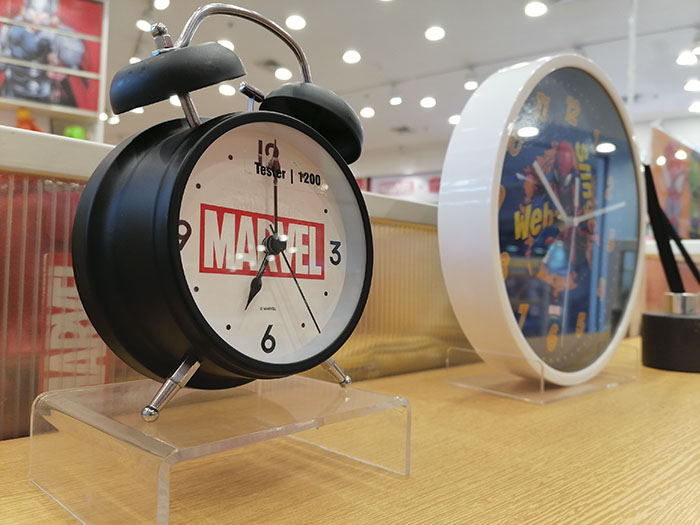
Portraits and Selfies
9X has this tendency to take some fantastic portraits in the daylight. The skin tone appears good – a little processed though – colors are punchy without overdoing anything artificially unless the beauty mode is active. However, faces look a little refined, a bit more softened, and appear to lack some desirable details. The bokeh works acceptably well that distinguishes the subject from the background.
Selfies, on the other hand, make use of its 16MP pop-up camera showing less processed and natural-looking faces, though, beauty mode can be helpful for further cleansing.
On some occasions, we noticed the bokeh effect misjudging the edges of the subject while attaching some parts of the background to the edges of the subject.
At night, Honor 9X can shoot some decent selfies in extremely low-light areas. Although they are not as detailed as the day selfies, they still turn out to be reasonable.
Verdict
Honor 9X is not so different than its distant family member, Huawei Y9s 2019; it still maintains its own identity in a few ways. We wished it to come with a more recent chipset; nevertheless, it performs better than other Huawei and Honor phones equipped with a similar CPU. The glimmering rear design catches the attention but the camera’s performance at night may still compel you to consider some other options if you are a photography lover.

